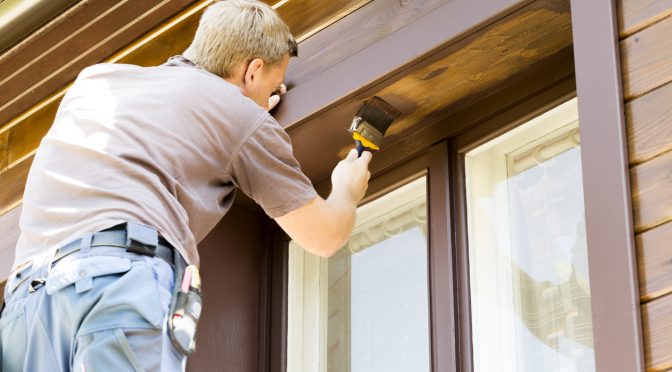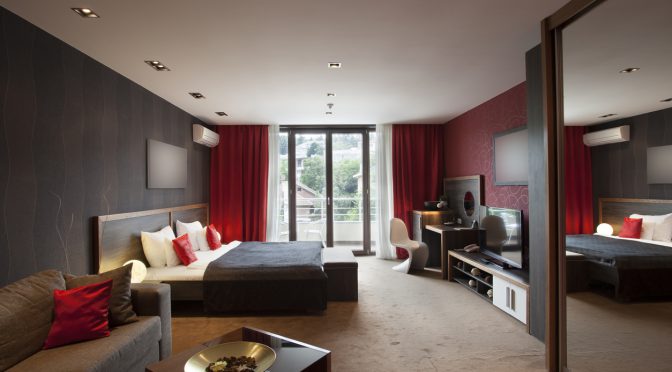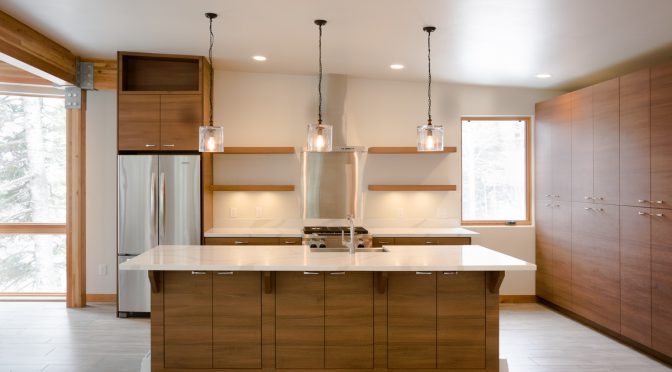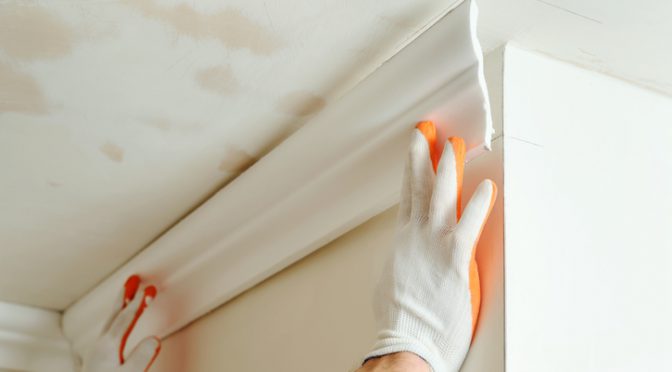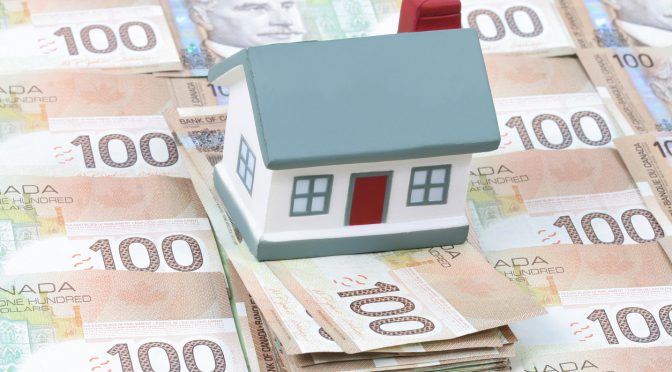Most people renovate their homes for more space or more comfort. Some also remodel their homes in order to sell their property more quickly while getting the desired price for it.
But you shouldn’t start renovating carelessly. Follow these guidelines.
- It would be irresponsible to carry out overwhelming work in order to sell your home quickly. Disaster will probably strike. Some upgrades, worth a few hundreds or thousands of dollars, should do the trick.
- Check every nook and cranny in your home to find any defects. Neglecting this step might give the future buyer the wrong impression. Imagine if he or she arrives with a building inspector? Omitting to inspect your home is not the best way to go, even if you end up selling your property for the desired price. If the future homeowner ends up dragging you into court for latent defects, not only will you see your profit melt away, but your quality of life will diminish.
- Start by facing your home and put yourself in the buyer’s shoes. Is the frontage appealing? Is the front door impeccable? A neglected exterior usually implies a careless homeowner in the minds of future buyers.
- Go outside and walk around your property and think of the things that would bother a buyer and try to address the problem. For example, you live in a noisy neighbourhood because of the traffic. Find out how much building a green wall or a solid wall would cost to reduce the noise.
[……]
